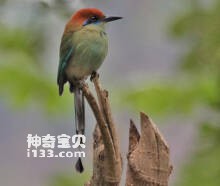
Momotus mexicanus
Momotus mexicanus,Russet-crowned Motmot
Momotus mexicanus, also known as Russet-crowned Motmot, is medium-sizedIt fe···
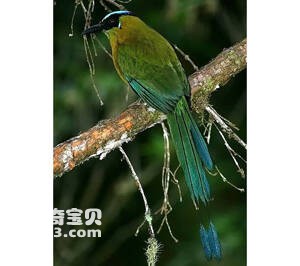
Momotus aequatorialis
Momotus aequatorialis,Highland Motmot
Plateau green ð«¡ Scientific name Momotus aequatorialis, foreign name H···
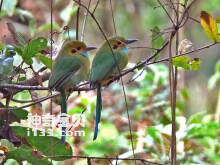
Aspatha gularis
Aspatha gularis,Blue-throated Motmot
Scientific name Aspatha gularis, foreign name Blue-throated Motmot, specific···
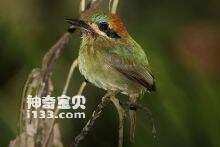
Hishimonoides sellatifrons Ishihara
Hishimonoides sellatifrons Ishihara,Tody Motmot
The name Hishimonoides sellatifrons Ishihara, foreign name Tody Motmot, is m···
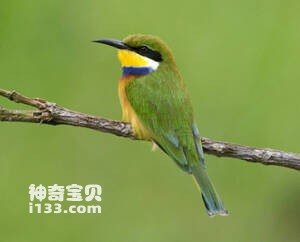
Merops variegatus
Merops variegatus,Blue-breasted Bee-eater,White-cheeked Bee-eater
Merops variegatus, Blue-breasted Bee-eater, White-cheeked Bee-eater.Listed i···
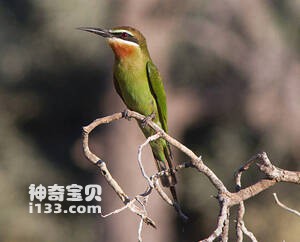
Merops superciliosus
Merops superciliosus,Olive bee-eater,Madagascar bee-eater
The species is known as Merops superciliosus, or Olive bee-eater or Madagasc···
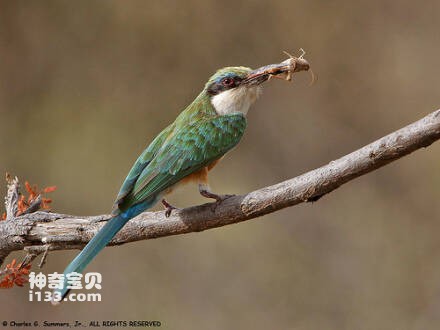
Merops revoilii
Merops revoilii,Somali Bee-eater
The Somali Bee-eater is known as the Somali bee-eater and its scientific nam···
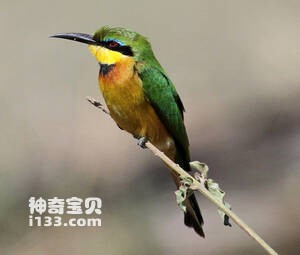
Merops pusillus
Merops pusillus,Little Bee Eater
Merops pusillus, also known as the Little Bee Eater, eats insects. Breeding ···
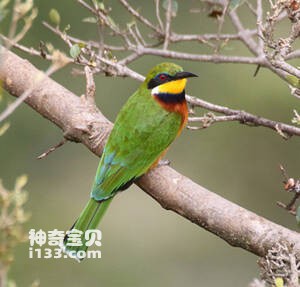
Merops oreobates
Merops oreobates,Cinnamon-chested Bee-eater
It is known as Merops oreobates and Cinnamon-chested Bee-eater.Red-breasted ···
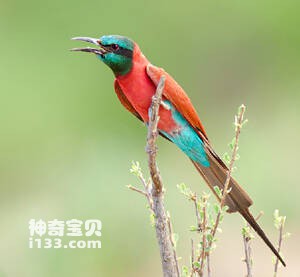
Merops nubicus
Merops nubicus,Northern Carmine Bee-eater
The red Bee-eater's scientific name is Merops nubicus, and its foreign n···
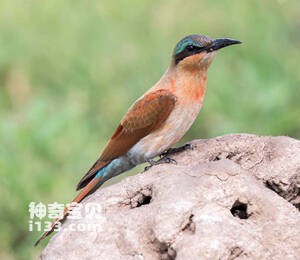
Merops nubicoides
Merops nubicoides,Southern Carmine Bee-eater
The Southern Carmine Bee-eater is known as Merops nubicoides and Southern Ca···
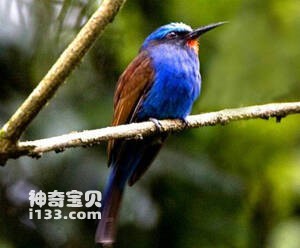
Merops muelleri
Merops muelleri,Blue-headed Bee-eater
The Blue-headed Bee-eater is also known as the blue-headed bee-eater (Merops···
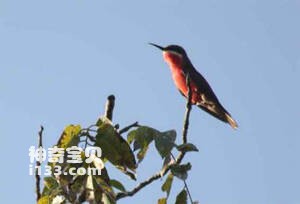
Merops malimbicus
Merops malimbicus,Rosy Bee-eater
Merops malimbicus, Rosy Bee-eater, is not known。Listed in the International···
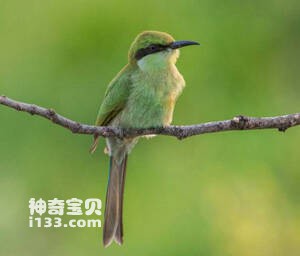
Merops hirundineus
Merops hirundineus,Swallow-tailed Bee-eater
Merops hirundineus is a swallowe-tailed Bee-eater.Listed in the Internationa···
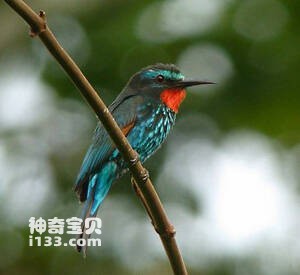
Merops gularis
Merops gularis,Black Bee-eater
The Black Bee-eater is known as Merops gularis or Black bee-eater and eats f···
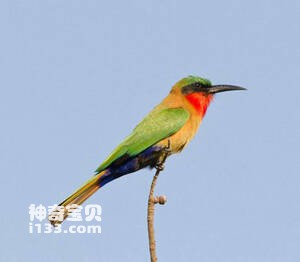
Merops bulocki
Merops bulocki,Red-throated Bee-eater
The Red-throated Bee-eater is known as Merops bulocki or red-throated bee-ea···
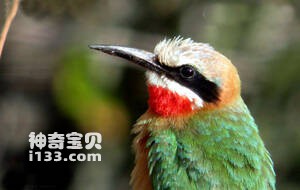
Merops bullockoides
Merops bullockoides,White-fronted Bee-eater
The White-fronted Bee-eater is Merops bullockoides, or white-fronted bee-eat···
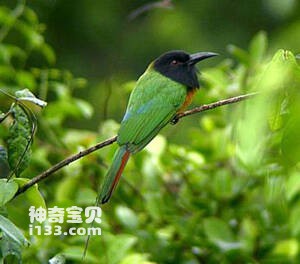
Merops breweri
Merops breweri,Black-headed Bee-eater
The Black-headed Bee-eater is known as Merops breweri and black-headed bee-e···
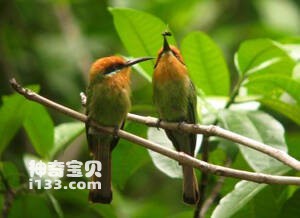
Merops boehmi
Merops boehmi,Boehm's Bee-eater
The blue-collar Bee-eater is known as Merops boehmi and Boehm's bee-eate···
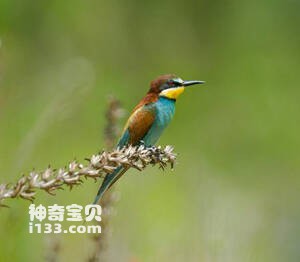
Merops apiaster
Merops apiaster,European Bee-eater
The yellow-throated Bee-eater is Merops apiaster, or European bee-Eater, wit···
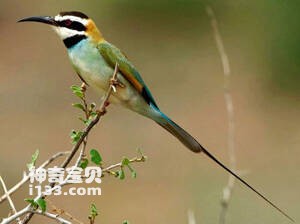
Merops albicollis
Merops albicollis,White-throated Bee-eater
Merops albicollis, also known as White-throated bee-eater, is a small, cute,···
